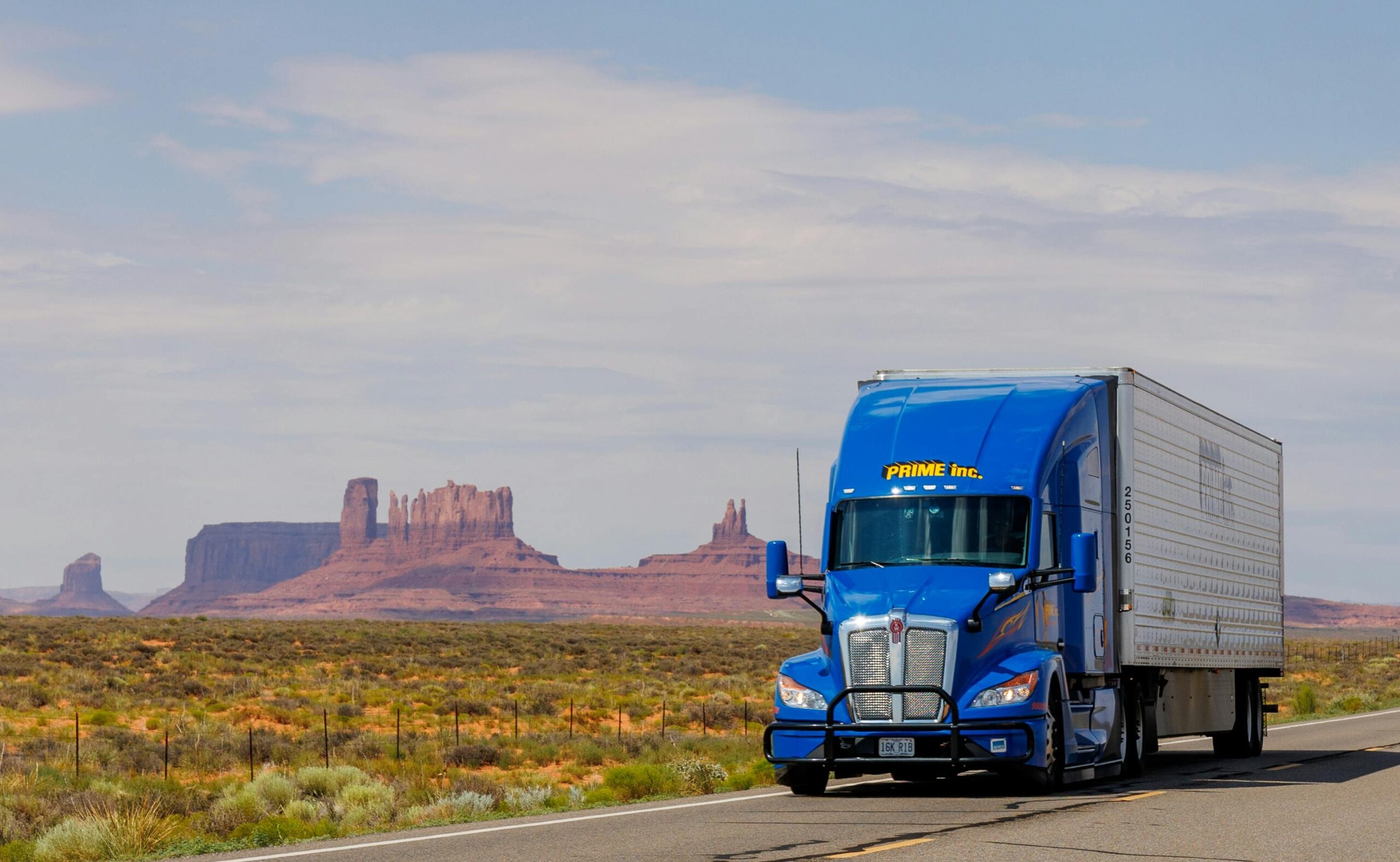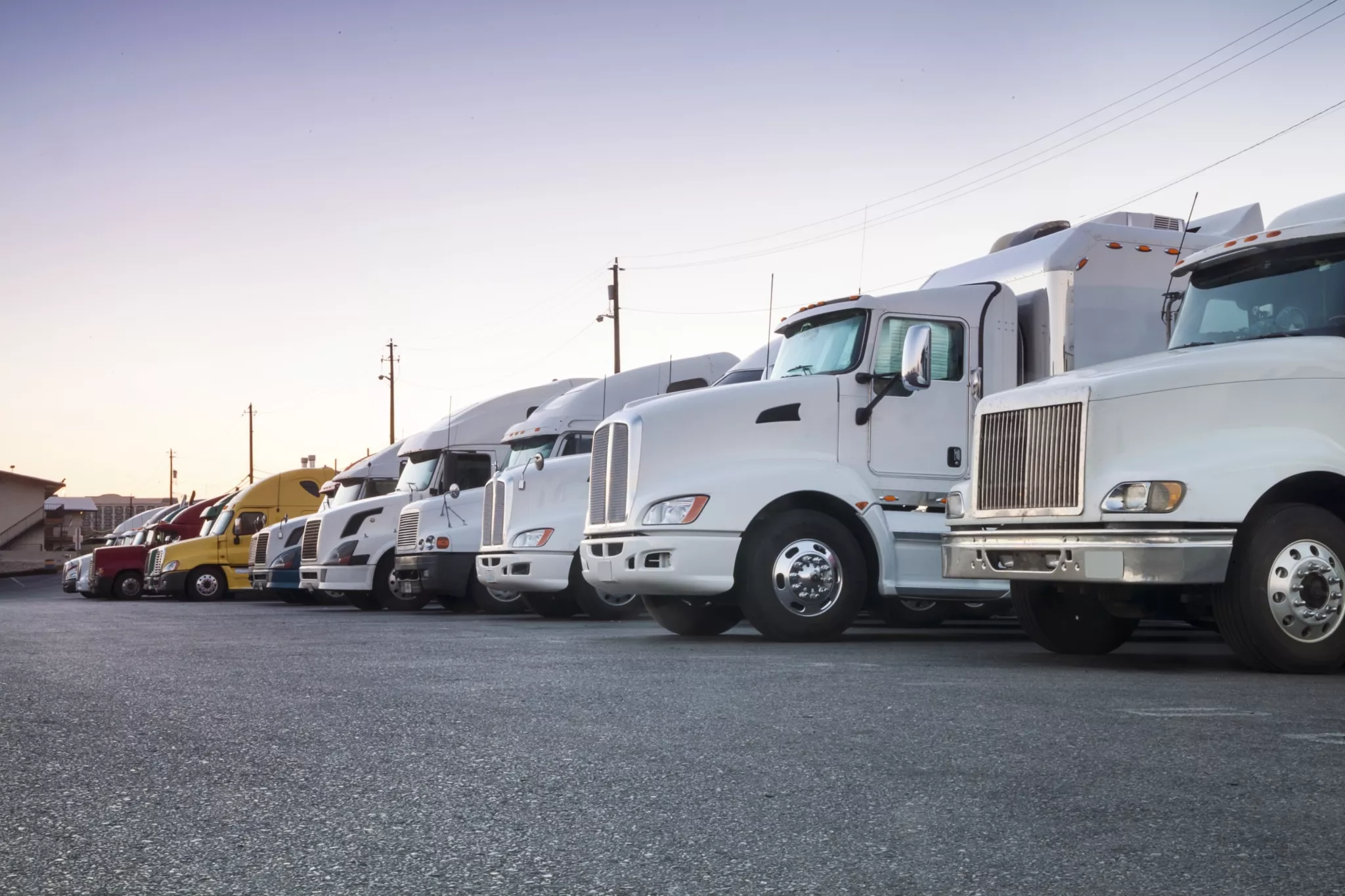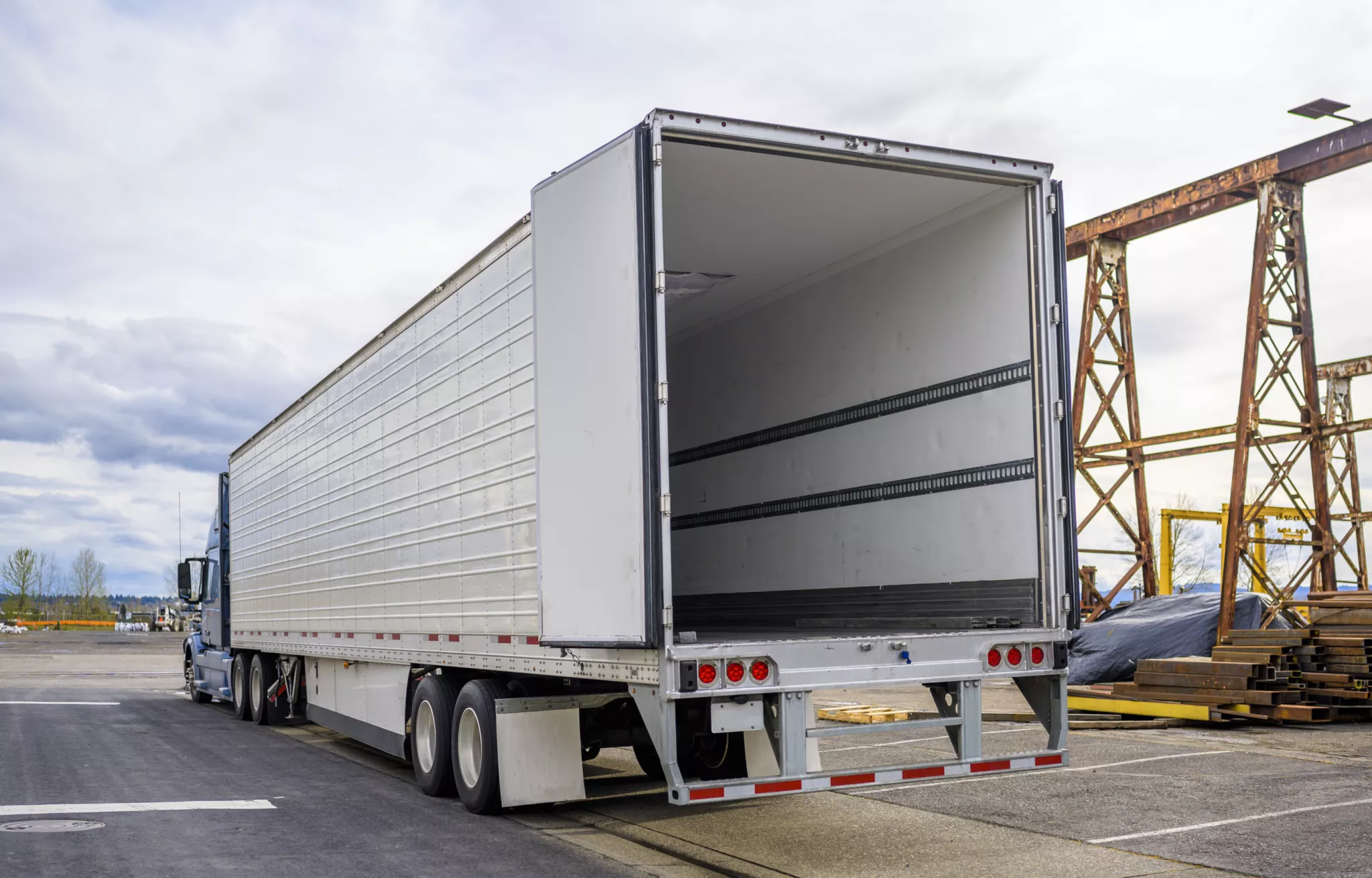The US trucking industry is a significant part of the American supply chains, supporting the movement of goods across vast distances daily.
In 2024, the sector faced significant challenges in recent years, from labor shortages and fluctuating fuel prices to rising regulatory requirements. The article reviews the most critical challenges that defined the industry in 2024 and highlights opportunities shaping the trucking industry forecast for 2025.

8 Challenges Facing the US Trucking Industry This Year
The US truck transportation market is significant for the nation’s economy, as it ensures the smooth movement of goods across the entire supply chain. However, in 2024, the trucking industry faced multiple challenges, from economic pressures to technological shifts and regulatory hurdles. These issues impacted truck drivers, transortation companies, brokers, and the broader freight ecosystem.
Addressing these challenges requires a comprehensive strategy and the cooperation of fleet managers, truck drivers, shippers, and industry advocates.
Economy
The trucking industry is closely connected to economic trends, as it depends on trade, manufacturing, and consumer demand. In 2024, rising operational costs, the lingering freight recession, and declining freight rates raised concerns among motor carriers and commercial truck drivers. The global demand for shipping goods softened, leading to fewer trucks on the road and reduced shipment volumes.
As expenses outpaced revenue growth, some trucking companies, significantly smaller businesses, and self-employed owner-operators were forced to implement responsive measures to optimize logistics processes, such as changing routes to more efficient options or implementing AI-based tools.
Truck Parking
Truck parking has become more important since last year. A lack of adequate spaces along critical shipping routes has created significant operational hurdles. This issue has also increased risks to driver safety, as trucks must park in unsafe or designated areas.
Some industry representatives called for the government to conduct a federal funding program to increase truck parking capacity at freight-critical locations. The US Department of Transportation (DOT) has announced around $292 million in grants to expand truck parking capacity in Washington, Oregon, and California.
Lawsuit Abuse Reform
The other critical trucking industry challenge in 2024 is the growing number of legal judgments straining trucking businesses’ financial stability. This year, lawsuit abuse reform reached its highest ranking in 20 years.
The American Transportation Research Institute (ATRI) report underlined the impact of growing legal verdicts and settlements against the industry and the resulting impact on commercial auto insurance premiums. For example, these lawsuits forced some smaller firms and owner-operators out of market.
Currently, some trucking associations focus on advocating for reforms to reduce frivolous lawsuits while holding carriers accountable for genuine concerns.
Insurance Costs
The cost of insuring large trucks increased significantly in 2024. This occurred amid higher accident claims, nuclear verdicts, and regulatory demands. The ripple effects of these surging costs affected everyone in the trucking market.
To address this financial burden, trucking companies started employing advanced safety monitoring systems to improve driver safety records, which in turn helped lower insurance rates. Additionally, integrating real-time visibility tools ensures proactive incident management and efficient operations, reducing the likelihood of claims.
Driver Compensation
Although overall driver wages increased over the year, this growth wasn’t uniform across the sector. For example, a slight dip in wages was noticed among the smaller fleets.
In addition, the issue of fair driver compensation remains unresolved. Many trucking drivers face challenges balancing their strenuous work schedules with their pay rates, particularly as inflation increases operational costs.
Companies are also struggling to attract talent to replace retiring workers with aging drivers, making the driver shortage even more significant.
Battery Electric Vehicles
Despite the industry’s commitment to solving environmental issues, trucking businesses faced strict timelines for electrifying their fleets. This strategy has issues, including the cost of BEVs and the number of additional trucks needed to haul the same cargo.
The challenges also include charging station availability and concerns over BEVs’ viability for long-haul freight trucking.
Adopting BEVs presents fleet managers with both an opportunity and a logistical challenge. It requires a shift in infrastructure, employees training, and long-term operational planning. Nevertheless, as electric trucks can be more cost-effective, they are poised to reshape the trucking industry’s future.
Compliance, Safety, Accountability (CSA)
The CSA program, governed by the Federal Motor Carrier Safety Administration (FMCSA), was a central focus of the industry in 2024. With ongoing safety standards and performance metrics updates, trucking operators faced heightened scrutiny.
Non-compliance with the CSA program often leads to higher insurance premiums for business opportunities and regulatory penalties. Some companies adopted AI or cloud computing tools to streamline compliance management and align their processes with federal and state regulations.
Driver Shortage
The driver shortage crisis increased the trucking industry’s aging workforce and declining new driver entrants. This year, the growing discrepancy between available jobs and trained truck drivers prompted concerns about the future of the transportation sector. For example, the number of professionals in need is 60,000. This quantity will increase as freight demand returns and aging truck drivers retire.
The demanding nature of the job further amplified recruitment challenges. To address this, many organizations have launched initiatives to expand the talent pool by reaching younger talent, women, and veterans. Partnerships between the American Trucking Associations, educational institutions, and state programs show promise in attracting the next generation of truck drivers.
2025 Trucking Industry Outlook
As the trucking industry enters 2025, the freight transportation sector is expected to grow moderately. Trucking businesses should balance anticipating demand with effectively managing to reduce costs. Despite these hurdles, growth opportunities remain. These opportunities require implementing technological advancements and increasing emphasis on sustainability.
Investing in new technologies is expected to be key for trucking businesses in this competitive landscape. Technologies like real-time tracking, route optimization, and cloud computing can reshape operations and provide valuable tools for remaining competitive and improving efficiency.
Furthermore, the trucking sector is witnessing a stronger push towards adopting electric trucks and sustainable practices, which align with environmental regulations and consumer expectations for cleaner, more sustainable logistics.
Perhaps the most crucial factor in the trucking market in 2025 will be maintaining speed and reliability in delivering goods. In today’s trucking environment, customer service is non-negotiable, and companies that can consistently meet customer expectations for fast, reliable service will be better positioned for success.
Conclusion
Despite external pressures in 2024, such as driver shortages or higher insurance costs, innovation and technological advancements can offer clear pathways to overcoming these obstacles. Companies must focus on leveraging technology, adopting sustainability initiatives, and strengthening partnerships to maintain profitability.
Customer demand and evolving consumer trends will determine the pace of change, making it vital for companies to stay agile and responsive. By investing in the right tools and strategies, the trucking industry can navigate the complexities of 2025 and beyond while positioning itself for long-term success.







